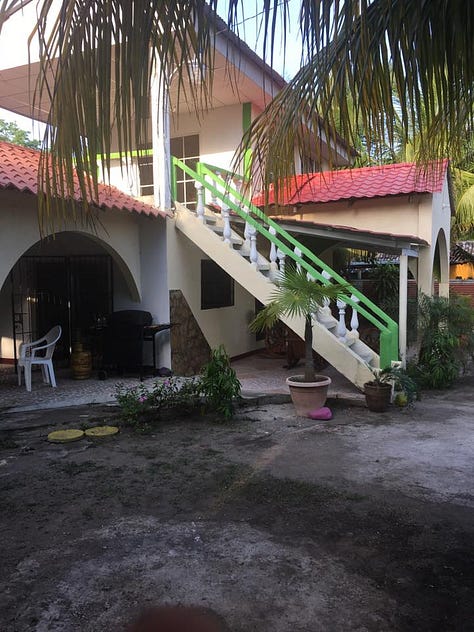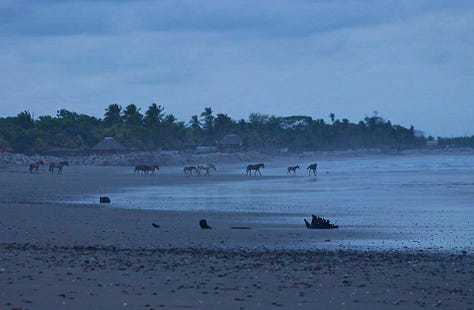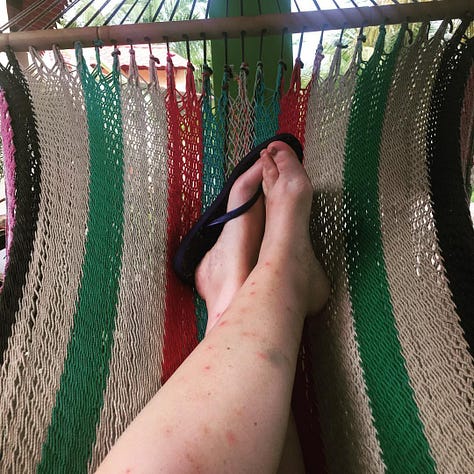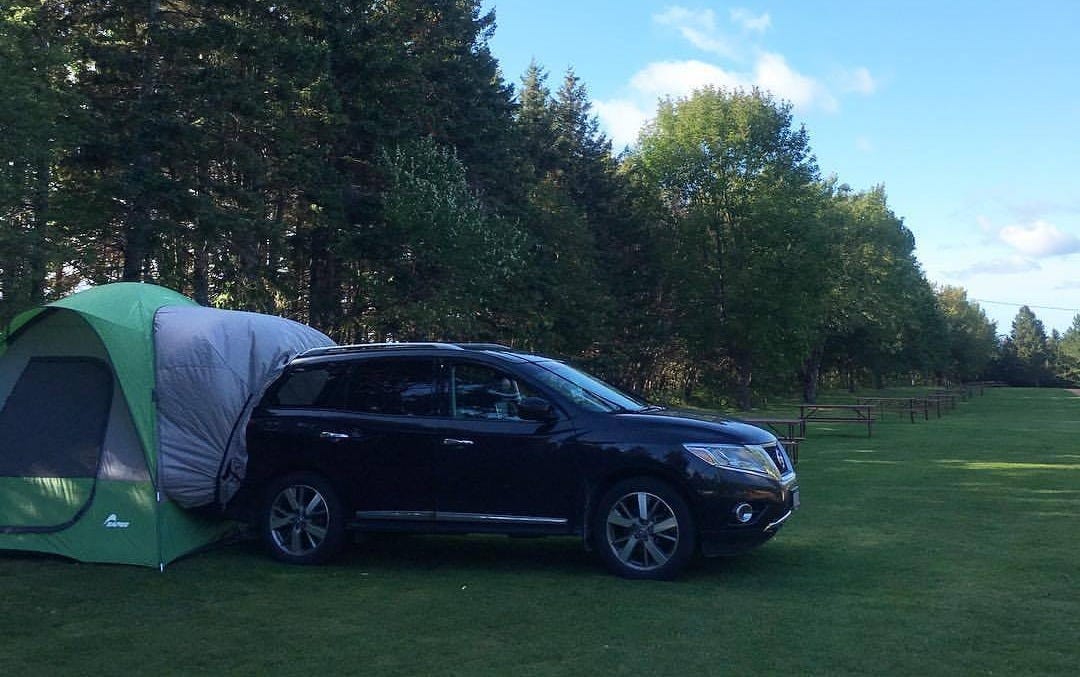A Midlife Nomad’s Survival Guide: Building Resilience Through Location Independence
Stability isn’t guaranteed, but resilience is something you can build. Let's take a look at how location independence can give you more security, freedom, and control over your future.
It’s an unsettling time, no matter where you are. Whether you’re in Canada, the U.S., or watching in horror from somewhere else in the world, the ground beneath us feels increasingly unstable. The cost of living is rising. Tariffs threaten to make essentials even more expensive. Political tensions are escalating. And for some, staying put feels less like home and more like a risk.
Some of my friends are making bug-out plans… real ones. Like “I’ve been chatting with a coyote in Belize” real. Not for an adventure, not for fun, but because they no longer feel safe where they are. Others aren’t sure how they’ll ever save enough to change their circumstances, trapped in an economy that punishes them for simply trying to survive.
Location independence isn’t just about wanderlust for a lot of people. It’s becoming a survival strategy, a way to escape unaffordable costs of living, job insecurity, or even physical danger. If that’s where you are, I see you.
Because I’ve been there.
When Trevor and I lost our life savings to a fraudulent business investment in 2016, we learned firsthand that the social safety nets we’d spent years paying into weren’t there to catch us.
We went to live in Nicaragua first, where we could afford to survive on $900 CDN a month each. Then, for a time, we lived in our car in Canada. I blogged about nomad life and car camping because, let’s be honest, no one wanted to hear about our homelessness. It happens more often that you’d think, and I’d wager unaffordable housing is behind an awful lot of van life influencer content.



I see so many hardworking, resourceful, entrepreneurial people standing on that same edge right now. People who are doing everything right but still struggling to get to next week. And the system wants you to believe that’s your fault.
But it’s not.
You Weren’t Meant to Live Like This
If you’re exhausted and feel like you’re running on autopilot just to keep the wheels turning, that’s not a personal failure. That’s a completely normal response to an abnormal amount of stress. We were not built to exist in survival mode for months or years on end.
Our nervous systems weren’t designed to withstand constant financial anxiety, political chaos, pandemics, and the ever-present fear that one wrong move could send everything crashing down.
And yet, here we are.
But while the temptation to shut down is real—to mentally check out, to stop caring, to just survive—we can’t afford to disappear into numbness, either.
Resilience is a Fantastic Insurance Policy
I know you need some good news right now, and here it is: even small, manageable steps today soften the blow and make it easier to recover from setbacks in future.
I won’t tell you it’s easy to come back from something as devastating as homelessness or bankruptcy. It’s not. But building resilience ahead of time removes some of the hurdles to recovery from a major loss.
It’s about building stability now so that if you lose your job, your home, or the safety net you thought you had, you’re in a position to pivot instead of panic.
The Hidden Benefits of Location Independence
We’ve talked about how location independence can be a survival strategy, helping you escape financial instability, unaffordable housing, or even unsafe situations. But what we don’t talk about enough is how mobility gives you leverage.
When you’re not tied to one place, you’re no longer trapped by a single job market. You can negotiate better pay, demand flexibility, and walk away from toxic workplaces because you have options beyond the company down the street. If your industry takes a hit, you’re not entirely at the mercy of a local recession. You can shift focus, find work elsewhere, and keep yourself afloat without starting from zero.
Then there’s the less obvious safety net. The one that lets you move before you’re forced to. If wildfires, hurricanes, or extreme heat make your home unlivable, you can leave without losing your income. More people are becoming climate migrants, forced to relocate due to environmental changes. Having location-independent income makes that transition much easier.
If your country’s healthcare system fails you, you can go somewhere with better options. If political instability or civil unrest make daily life unsafe, you’re not stuck.
For families, mobility isn’t just about work. It means being able to move closer to aging parents without sacrificing your career. It means giving your kids access to better schools or even worldschooling them if traditional education isn’t cutting it. It means following opportunities, not just waiting for them to come to you.
And maybe most importantly, location independence can be a lifeline for your mental health. No more draining commutes. No more office politics. No more pretending you’re fine in a life that isn’t working for you. You get to design your environment, your routine, and your future on your terms.
Location independence isn’t just about travel. It’s about options, and options are power.
Don’t worry, we don’t have to fix everything at once. Change doesn’t happen overnight. And if you’re thinking about making an exit plan, whether it’s for your safety, financial survival, or just a little more breathing room, you’re building your own safety net and that is an act of resistance in itself.
So how do we prepare? How do we take back control before we're forced into a crisis?
One Step Closer: Small Moves That Create Big Shifts
I’m a big fan of James Clear’s Atomic Habits, which teaches us that small, incremental steps compound into massive change over time. Right now, the problems we’re facing are enormous. Too big for any one person to fix.
One step at a time, we build resilience. One step at a time, we take back control.
And when we’re in a stronger position—when we’re not scrambling just to survive—then we fight like hell.
So zoom in. Focus on what you can do to start building resilience, mobility, and flexibility. Let’s take a look at what this can look like in practice.




